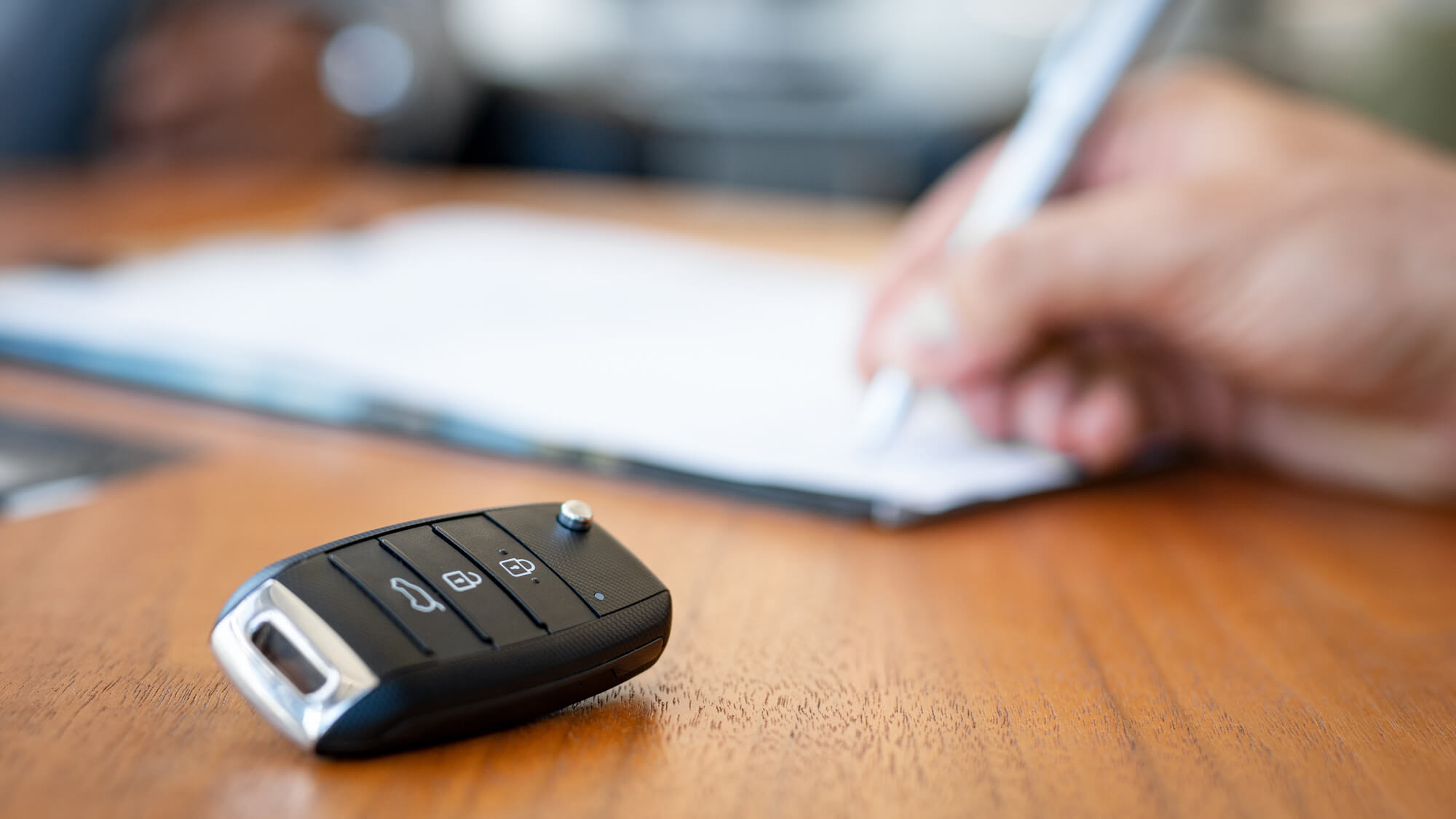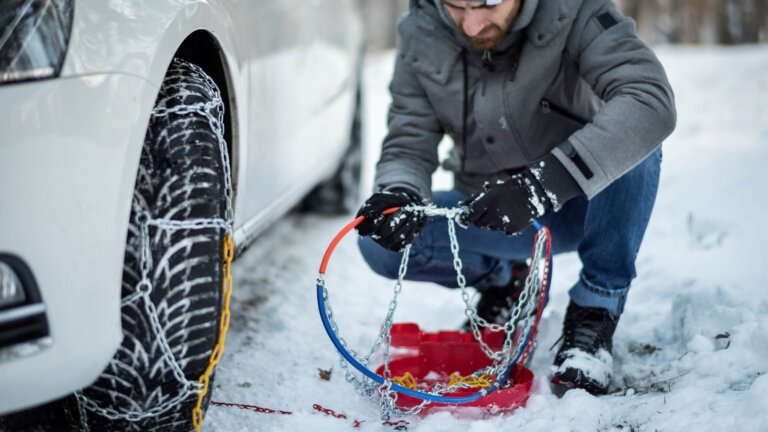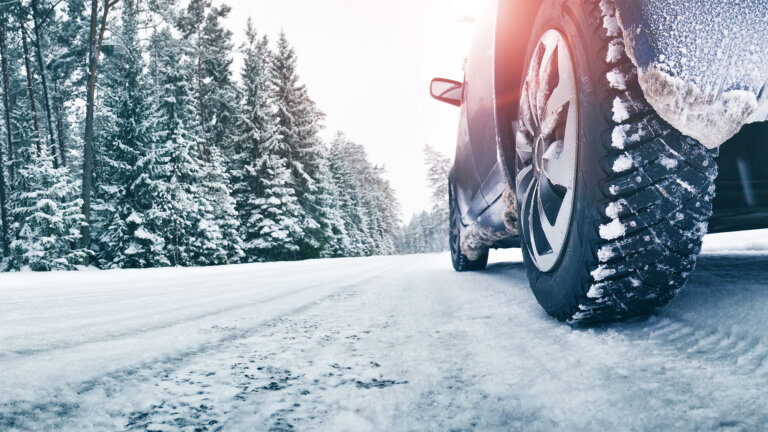Did you bring your car to Luxembourg? You must register it if you are staying for more than 6 months. The procedure is not that simple, but rest assured, it’s not impossible! Follow our 7-step guide to make sure you don’t forget anything and that you have everything you need in case of a control.

1. Before your arrival: prepare the papers you will need to register your car in Luxembourg
After you declare your arrival in Luxembourg you have 6 months to register your vehicle. You will need a number of supporting documents to complete the procedure.
- Registration certificate: you must provide all parts of the document. Often, in Europe, there are two parts to this certificate.
- Invoice: to be provided if you are not shown as the owner of the vehicle on the registration document, it’s
best to have the original invoice!
Don’t forget, to travel in Luxembourg it is mandatory to take out a liability guarantee included in your car insurance (see point 3).
2. Apply for a registration number
To apply for a registration number go to MyGuichet.lu or contact SNCA (Société Nationale de Circulation Automobile). You can choose between a number from the current series or a personalised registration number.
Although the reservation of a registration number is free of charge, a registration fee of €50 will apply, plus an additional fee of €200 for a personalised number. (See explanation in Step 6).
Once you have received confirmation of your reservation, you must have your registration plates made by an approved manufacturer.
Choose a custom plates
This option is for you if you want to have a completely personalized and unique vehicle. In addition to aesthetics, it’s also the practical side that may interest you, easely recognizing your car in a parking, right?
Unlike a current serial number which is attached to the vehicle, the personalized plate belongs to the owner (with the possibility of transferring it). Concerning the signage you will have the choice between several possibilities
- 5-digit number, victim of its success
- 2 letters and 4 numbers
- 4-digit number
You will have to pay an additional €50 for tax stamps for the benefit of the State compared to a current serial number and €24 if it is for reuse by the same holder.
To reserve your personalized plate, go to Myguichet.lu or the application.
3. Take out third party liability motor insurance
Once you have your registration number, you can insure your vehicle. In Luxembourg, as throughout Europe, third party liability motor insurance is mandatory to drive on public roads.
Your insurer will ask you for certain technical details about your vehicle (make, model, engine capacity, weight, power, first registration date, chassis number, etc.) as well as your new registration number. Your insurer will then send you your international motor insurance card (formerly referred to as the “green card”) and an insurance certificate sticker, which will be needed for your registration formalities.
4. Obtain the vignette 705 customs document: customs clearance of the vehicle or payment of Luxembourg VAT
Individuals and companies who purchase a used vehicle from a professional abroad must go through customs clearance. Those who bought a new foreign vehicle will have to pay Luxembourg VAT (17%). In both cases, the procedure results in the issue of the vignette 705 customs document.
Customs clearance for used vehicles
The vignette 705 confirms that you have paid the required VAT. To obtain this document, you must go to one of the Customs and Excise Agency offices with your car.
The Customs and Excise Agency will ask you for:
- The European certificate of conformity (issued by the manufacturer at the time of purchase of the vehicle),
- The invoice for the vehicle,
- The Luxembourg registration number you have reserved,
- The previous registration certificate (if applicable),
- •The insurance certificate,
- Your national identification number or tax registration number.
All documents submitted must be originals. Remember to take an identity document with you.
Luxembourg VAT rules for new vehicles
This formality is completed by obtaining Declaration 446-L from one of the Customs and Excise Agency offices. Once the declaration has been completed, you will have to pay VAT equal to 17% of the purchase price.
The Customs and Excise Agency will then provide you with Part D of Declaration 446-L, which constitutes proof of payment. This document must also be presented (with all the documents mentioned above) to obtain the vignette 705 customs document.
5. The technical inspection test
The technical inspection test must be up to date to register your vehicle in Luxembourg. If you have a technical inspection test certificate valid in the country of purchase of the vehicle, it will also be valid in Luxembourg (as long as the requirements are the same).
If you carry out the technical inspection test in Luxembourg, you will need to go through an approved technical inspection body.
6. Purchase a ‘Droit de Chancellerie‘ tax stamp
The payment of the ‘Droit de Chancellerie‘ tax stamp is the penultimate step in the registration process.
There are two ways to purchase this €50 tax stamp:
- By visiting one of the official offices of the Registration Duties, Estates and VAT Authority (at the SNCA for example).
- By making a transfer to the account LU76 0019 5955 4404 7000 (BIC: BCEELULL). Proof of transfer is required to register the vehicle and must mention your surname and first name, the reason, registration number and chassis number.
If you have chosen to order a personalised number plate, you will have to pay an additional fee of €50.
7. Have you got all the required documents? Your registration is nearly complete!
To complete the procedure, you must make an application to the SNCA (Société Nationale de Circulation Automobile). You must complete the ‘Registration certificate application form’ (Demande en obtention d’un certificat d’immatriculation) and provide the following original documents:
- Identity document
- Invoice
- Insurance certificate
- Vignette 705
- Foreign registration document
- ‘Droit de Chancellerie‘ tax stamp
- Technical inspection certificate
- European certificate of
conformity
If everything is in order, the SNCA will issue your registration certificate (carte grise) and a provisional tax sticker valid for 30 days.
The Customs and Excise Agency will then inform you of the amount of the road vehicle tax (to be paid each year). You will have 60 days to proceed with the payment and will then receive the tax sticker by post.



